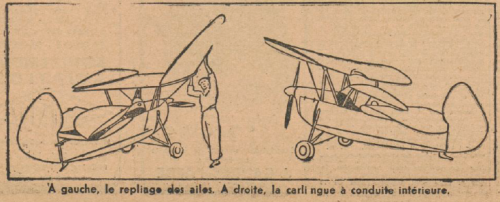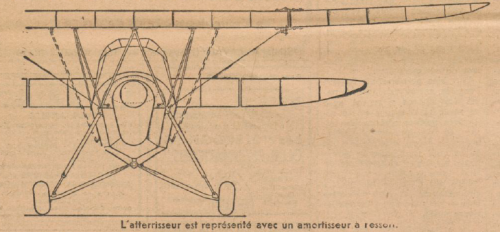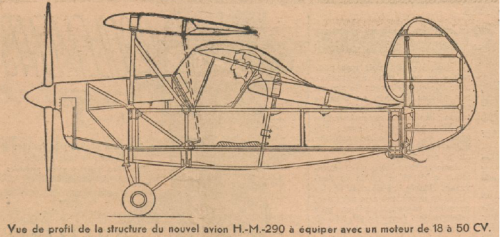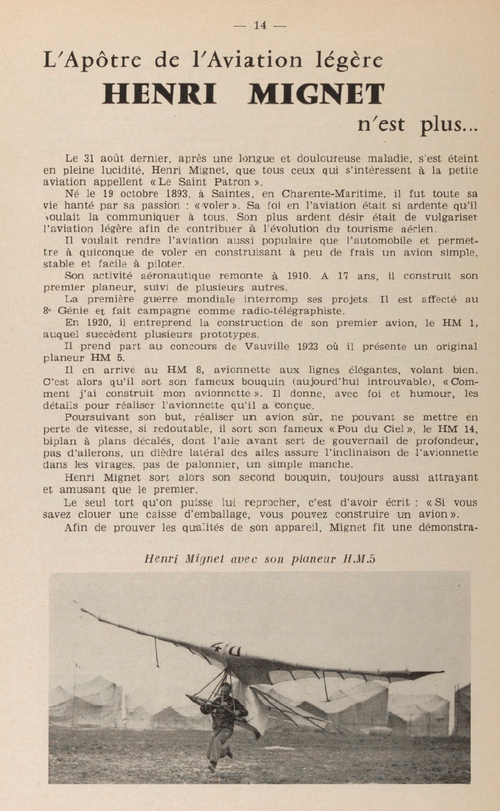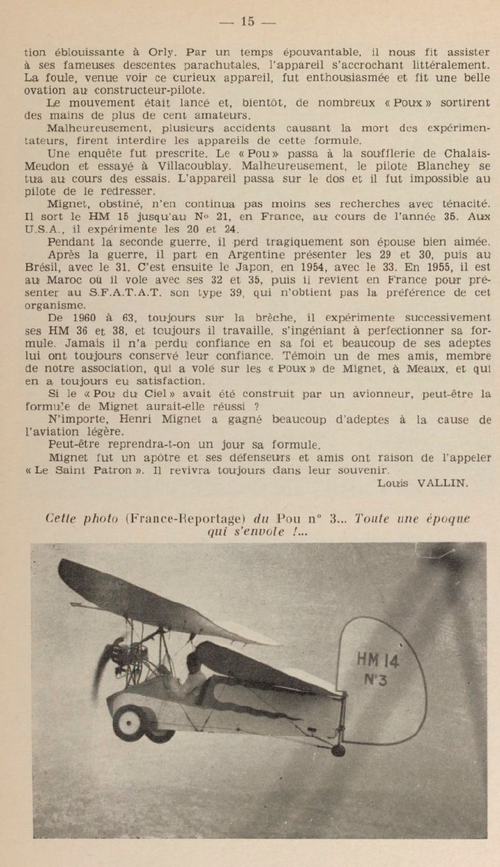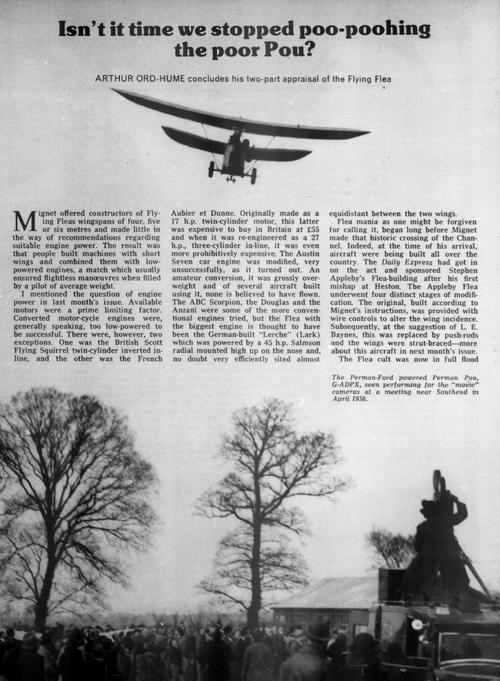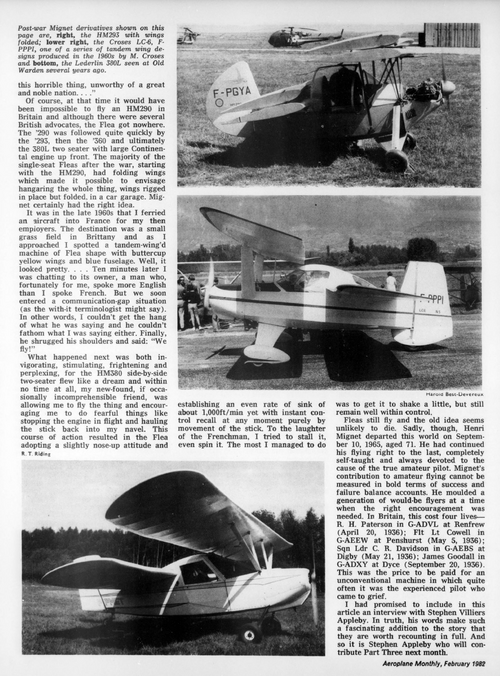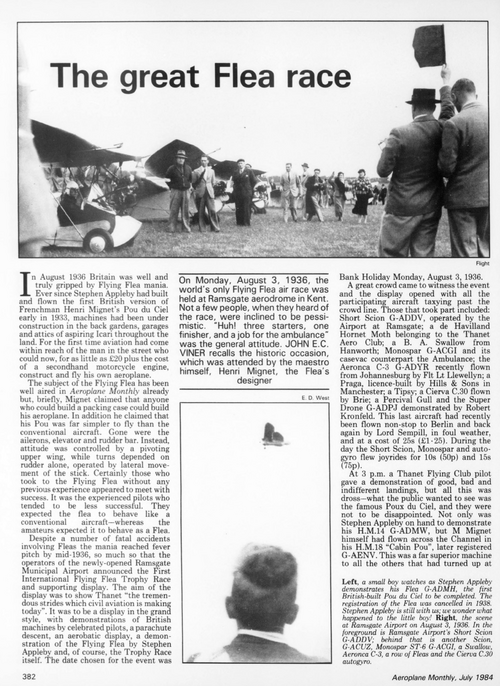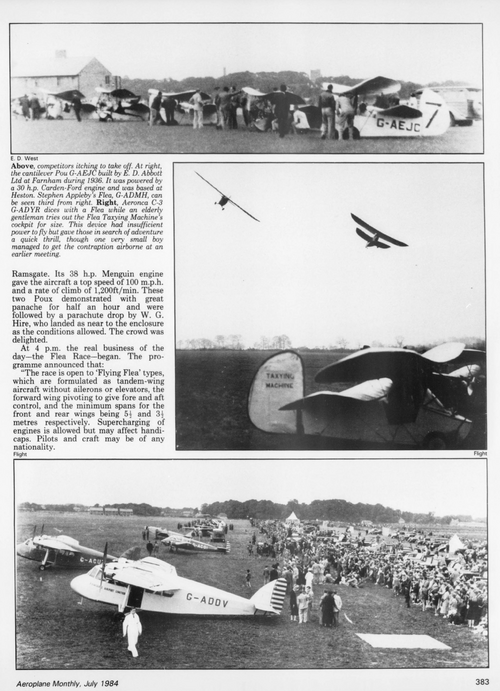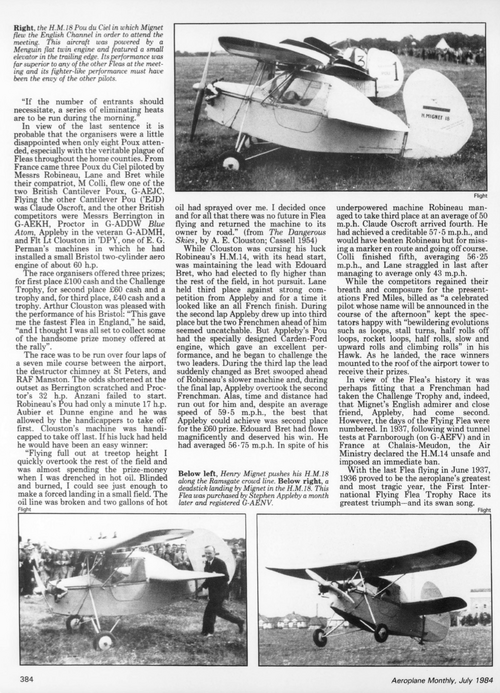A list of Mignet designs:
HM-1-1 monoplane glider (1912)
HM-1-2 biplane glider (1913)
HM-2 motor glider (1920)
HM-3 "Le dromadaire" (1922)
HM-4 "Parasol" (1922)
HM-5 shoulder-fitted glider (1922)
HM-6 (1925)
HM-7 helicopter (1925)
HM-8 (1928)
HM-9 with pivoting wings (1929)
HM-10 with engine behind pilot (1929)
HM-11 triplane (1932)
HM-12 variant with slotted wings (1932)
HM-13 enclosed version of Pou-du-Ciel (1933)
HM-14 "Pou du Ciel" (1933)
HM-141 no details
HM-15 enclosed single-seater (1936)
HM-16 "Pou-Bébé" (1936)
HM-17 enlarged enclosed two-seater "Pou-Bébé" (1936)
HM-18 enclosed single-seater (1936)
HM-19 side-by-side two-seater (1936)
HM-20 single-seater produced by American-Mignet (1938)
HM-21 two-seater produced by American-Mignet (1938)
HM-210 improved HM-18 (1936)
HM-23 two-seater produced by American-Mignet (1938)
HM-250 enclosed cockpit thre-seater project (1942)
HM-280 "Pou-Maquis" (1944)
HM-290 "Sport de l'Air" (1946)
HM-293 (1946)
HM-294 single-seater produced while in Argentina (1947)
HM-300 three-seater produced while in Argentina (1947)
HM-310 "Estafette" produced while in Brazil (1952)
HM-320 single-seater produced while in Morocco (1956)
HM-330 "Sakura" produced while Japan (= Tachikawa R-HM) (1954)
HM-350 two-seater produced while in Morocco (1956)
HM-351 no details
HM-360 (1957)
HM-370 side-by-side enclosed two-seater project (1960)
HM-380 (1957)
HM-381 no details
HM-390 (1960)
HM-400 studies (1962-63)
HM-1000 "Balerit" (1985)
HM-1100 "Cordouan" (1997)
Some Mignet topics on this forum:



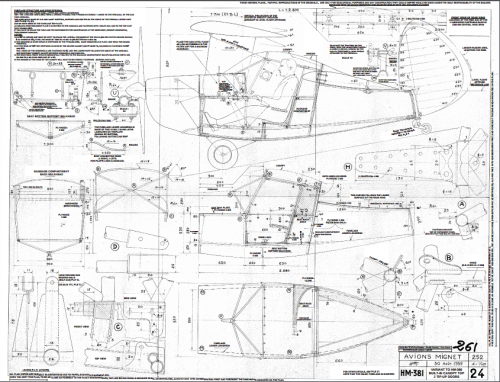
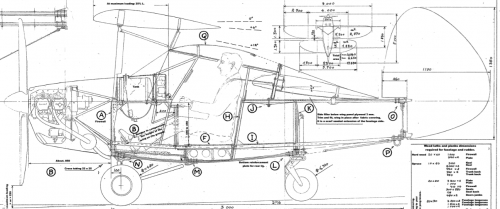

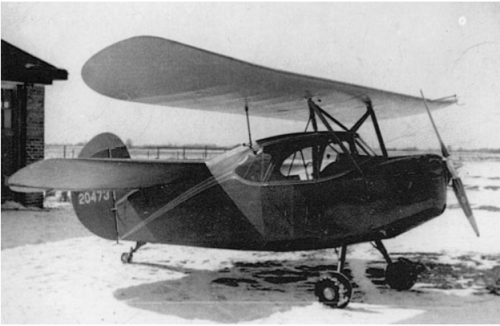
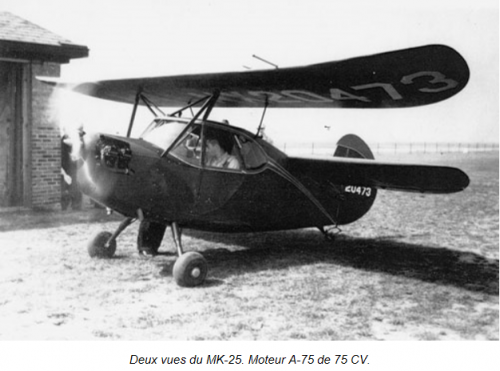
![Les_Ailes___journal_hebdomadaire_[...]_bpt6k97954925_12.jpeg](/data/attachments/146/146824-0ea68d792ff417827b054a77c58ed8a5.jpg)
